Showing all 12 results
-
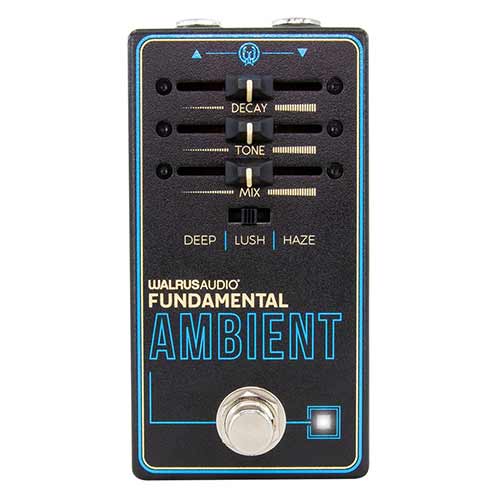
Walrus Audio Fundamental Ambient
€ 139 Add to cart -
-5%
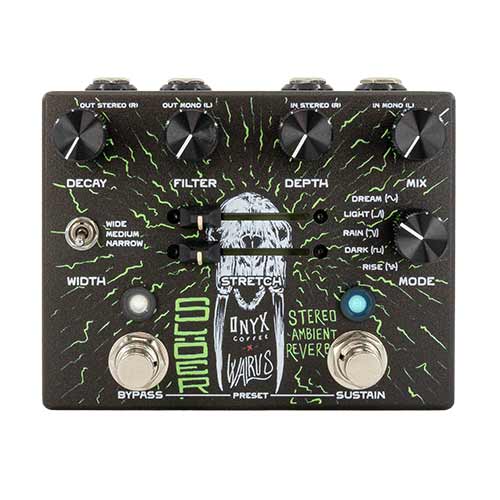
Walrus Audio Sloër Onyx
€ 369 Add to cart -
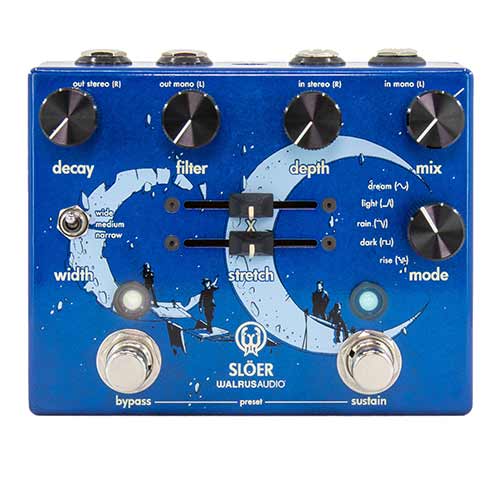
Walrus Audio Sloër
€ 389 Select options -
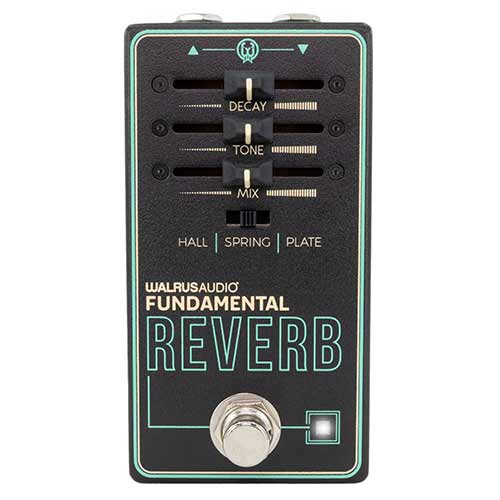
Walrus Audio Fundamental Reverb
€ 139 Add to cart -
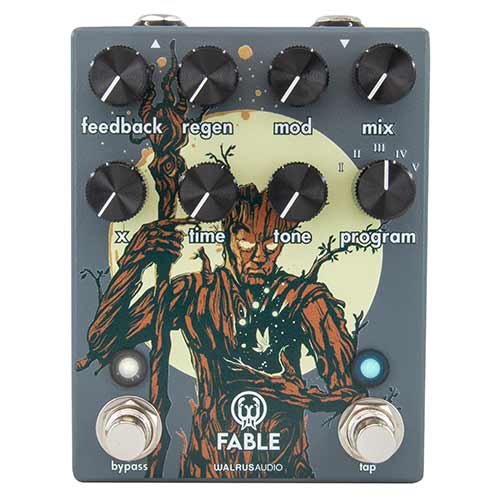
Walrus Audio Fable
€ 335 Add to cart -
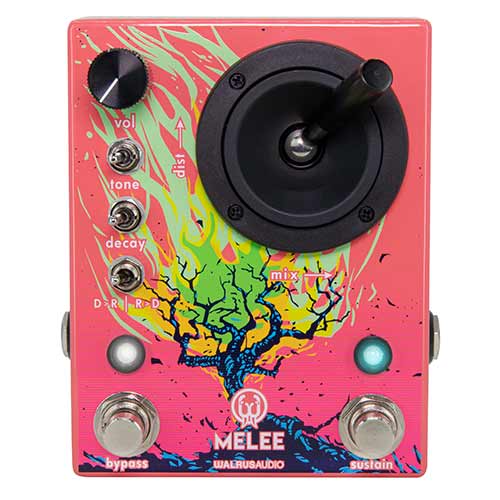
Walrus Audio Melee
€ 339 Add to cart -
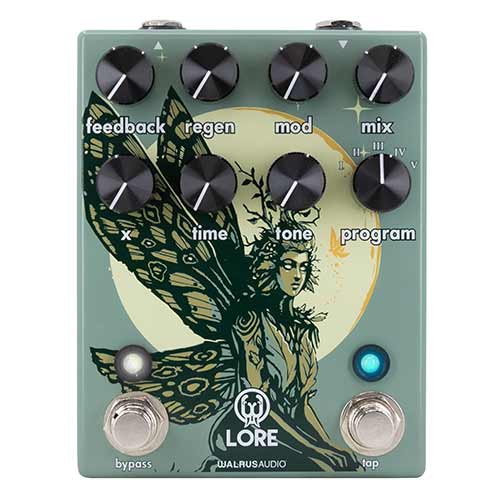
Walrus Audio Lore
€ 335 Add to cart -
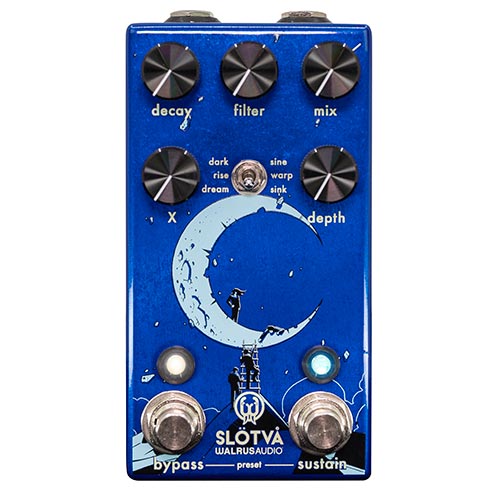
Walrus Audio Slötva
€ 249 Add to cart -
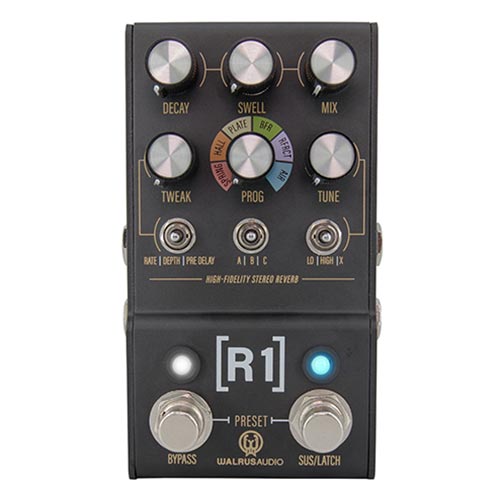
Walrus Audio Mako R1
€ 389 Add to cart -
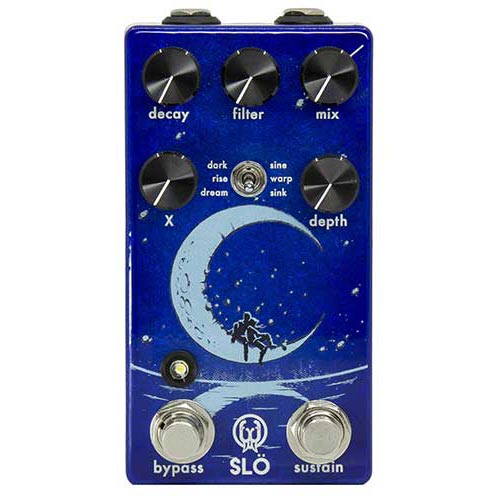
Walrus Audio Slö Texture Reverb
€ 219 Add to cart -
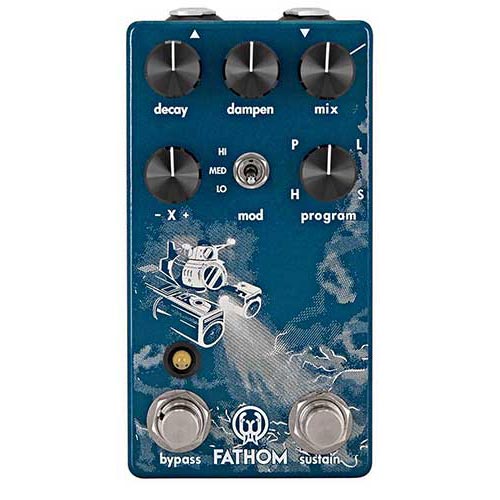
Walrus Audio Fathom Reverb
€ 219 Add to cart -
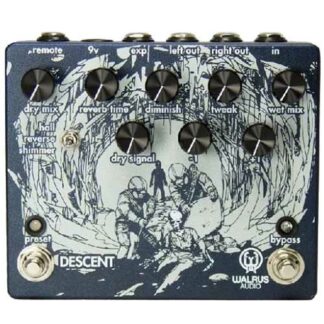
Walrus Audio Descent Reverb
€ 349 Add to cart
Showing all 12 results
Reverb pedals
Reverb or reverberation is created by the reflection of sound against walls and objects. Different distances between a sound source and the points at which the sound reflects creates complex reflections. This pattern sounds like reverberation, unlike the effect where you can still hear the reverberation clearly. Then you speak of echo or delay. Incidentally, there is often a pre-delay setting on a reverb. Sets the time of the first reflections.
The sound of a reverb is affected by a number of factors. First of all, there is the amount of reverberation and the length of the reverberation. A large room often produces a longer reverberation than a smaller room. The timbre of the reverberation is largely determined by the material of the walls. Or with which the walls are covered. For example, wood absorbs more sound than concrete does. In addition, a material does not absorb all frequencies equally strongly. Some rooms have a bright reverberation and others have a dark one. This also allows you to immediately hear what kind of space has been used.
Reverb is perhaps the most commonly used effect, especially by guitarists. Often your amplifier has a built-in reverb. This is almost always a spring reverb that produces a characteristic reverberation. Many guitarists also use one or more pedals to get a specific sound. Almost all pedals are digital nowadays, except a few. Reverberation pedals often also consume more power than an overdrive. Make sure that your power supply can handle this too. You should think of 50 mA current or more.
